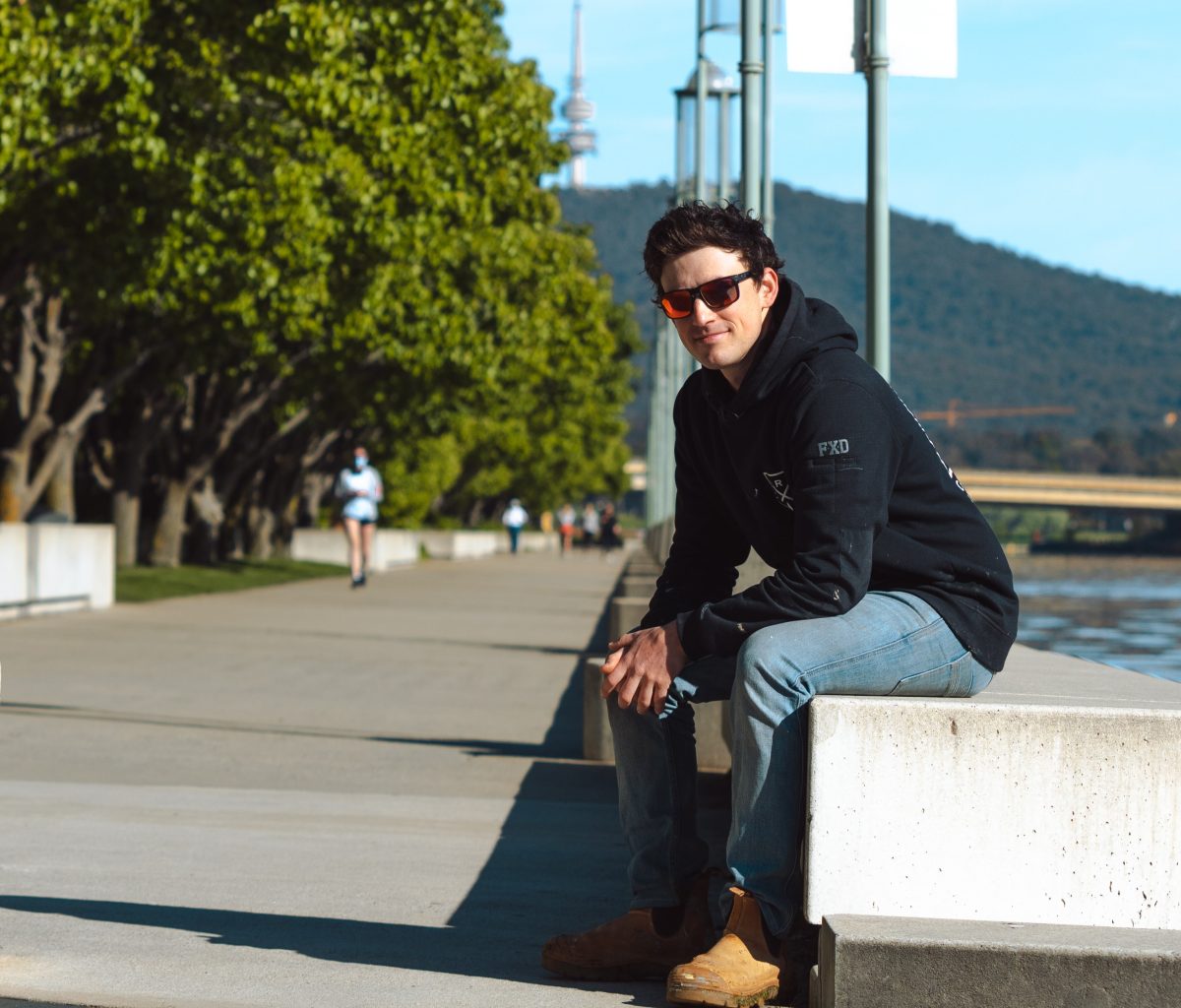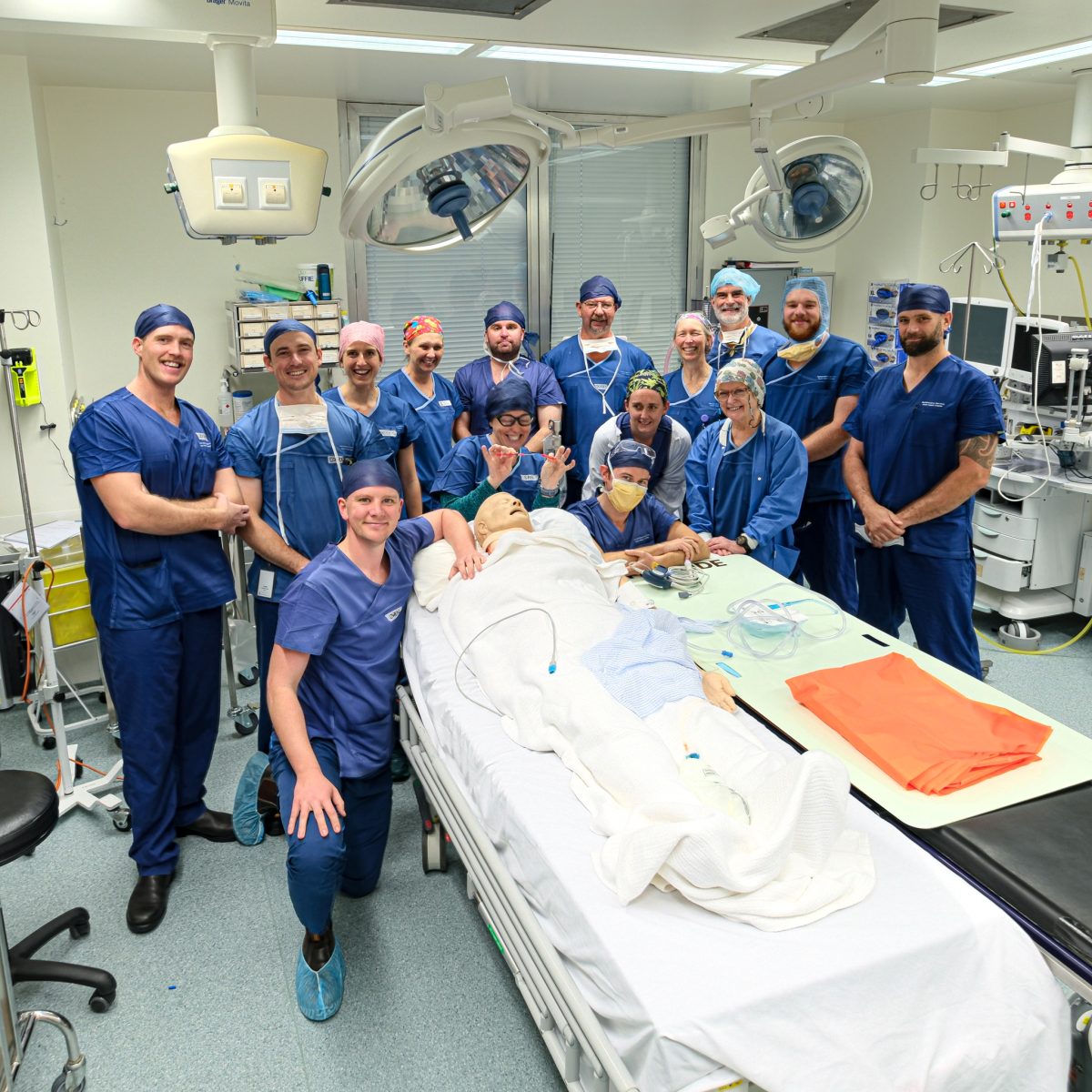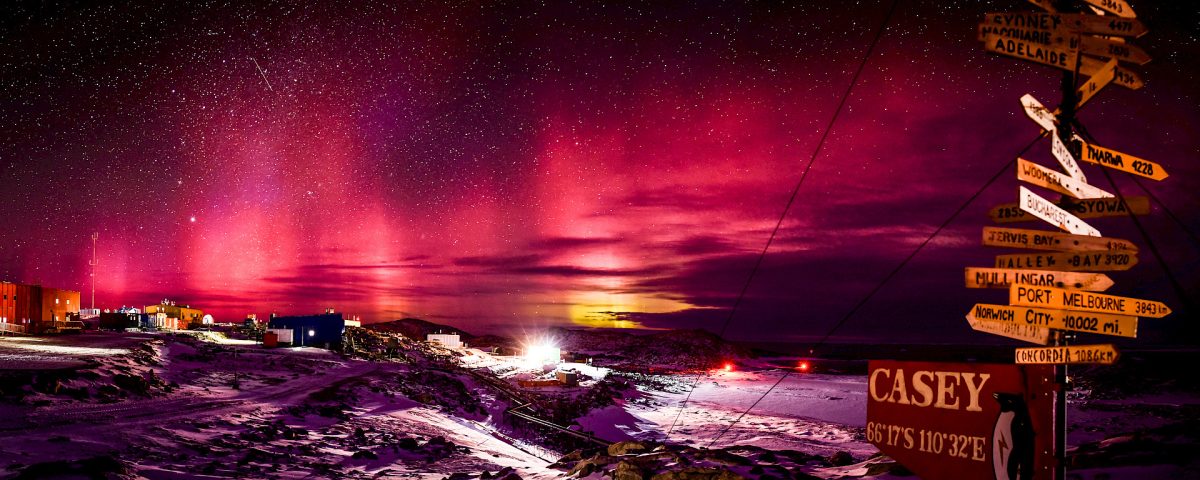
Connor Gordon has shut down his carpentry business and will be moving to Antarctica next year. Photo: Connor Gordon.
After years running his business, CRG Carpentry and Maintenance, Connor Gordon has decided to shut the shop, mix things up a bit and move down south for a year. How far south? Casey Station, Antarctica.
Before moving next year to the Australian Antarctic Division’s facility for scientific research, he’s being prepared for the cold and extreme environment with three and a half months of training so he can get on the tools without much concern. But Connor says he’s not worried at all.
“It was a tough decision to make, but at the same time, it was quite easy for me. I feel like I’d achieved everything I wanted to and needed a new challenge. After running the business and being switched on 24/7, getting away and taking a break became very hard. Although it’ll be hard to take a break while I’m in Antarctica, I’ll at least be able to travel the year after and enjoy life a bit more.”
Since confirming his role as a tradie with the Australian Antarctic Division earlier this year, Connor says he’s excited to work on one of the continent’s busiest stations. With the international airfield three hours away and a ski-way hosting inter-continental flights nearby, Casey station is a waypoint for scientists getting out to the deep field projects they’re working on.
“In the summer, they have over 100 people working on site, but many more flying out to the semi-permanent camps where they can do their work on a day-to-day basis. One deep field science project is the Denman terrestrial campaign, which has about 45 people working and living on the glacier there.
“I’m definitely excited to get down there and experience that remote environment. I understand they make quite an effort to have everyone down there take time off the station to see the wildlife. But I’ll be getting my skis on to see some of the huts around the station’s loop, which will be several steps up from going down to Perisher on the weekends.”

Connor says the trainees spent one of their days at the Royal Hobart Hospital practising on model dummies in the morning before spending hands-on time with real patients and surgeries throughout the afternoon. Photo: Australian Antarctic Division.
Leading up to his departure, the team of tradies have to do five high-risk construction courses on top of training for medical first responses, confined space entries and rescues. But Connor says the most interesting part to date has been the two weeks of surgical assistance training he received at the Royal Hobart Hospital.
“Everybody has two jobs down there, like an accessory or community role to help keep the station running smoothly. More people are trained as surgical assistants so the doctor has a couple of sets of hands they can rely on to help them in case a procedure is needed.
“I was able to sit in on a surgery to watch how the orthopaedic surgeons used drills and hammers on the human body. Seeing how similar the techniques are to carpentry was really interesting, and we were lucky enough to spend time working on dummies and real people, setting up the bags, monitoring equipment, and intubating patients with the anaesthetist.”
Although intense, Connor says the hands-on approach to their education was really beneficial for the tradies and not overwhelming at all. There’s not a lot of information on what he’ll be doing day to day because of the frequent changes in weather and supply of materials requiring them to be ready for any situation they could encounter.

“I don’t have a partner or children, so at this stage, I’d like to keep going back every second year and do 12 months, but we’ll see how we go,” says Connor. Photo: Gordon & Heike Tait.
Because of the demanding conditions, workers are handsomely compensated with all their rent, food and any other financial requirements settled by the station. That’s on top of a “significant remote working allowance”, which Connor recommends to anyone trying to save up quickly for large expenses like a house deposit or wedding.
Visit antarctica.gov.au to find out more about the Australian Antarctic Program. Follow Connor’s life in Antarctica on his Instagram page @carpenterinantarctica.














